See Red Women’s Workshop Presentation
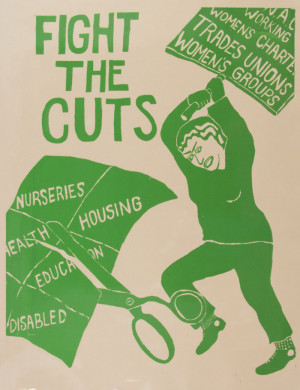
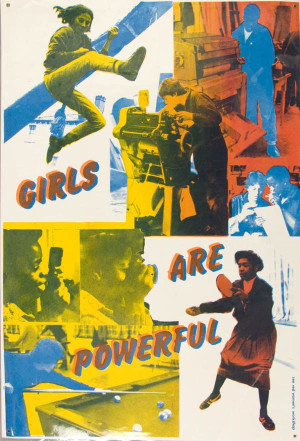

Saturday 16 November 2013, 3–5pm
Free, no booking required.
A presentation by Suzy Mackie and Pru Stevenson, founder members of the London-based See Red Women’s Workshop.
See Red Women’s Workshop was founded by three ex-art students in 1973, who met through an ad placed in ‘Red Rag’ - a radical feminist magazine - asking for women interested in forming a group to look at and combat the negative images of women in advertising and the media. A collective was formed that produced silk-screened posters for the women’s liberation movement as well as for community groups and others on request.
Working collectively was central to the ethos of See Red, as was sharing skills and knowledge. Members belonged to women’s consciousness raising groups and were active in various radical and alternative organisations.
In the early days the posters were mainly produced about our own personal experiences as women, about the oppression of housework, childcare and the negative images of women. An idea for a poster would be discussed in the group, a member would work on a design, bring it back for comment, someone else might make changes and so on until the collective were satisfied with the end result; no one individual took the credit. This was a concept many in the art world found hard to accept: ‘who holds the pencil? someone must hold the pencil’!
The collective on average consisted of about 6, but in all over 35 women passed through the workshop. Some were on apprenticeship schemes for a few months, some stayed longer, others came to produce posters with the collective around issues that were important to them. We all had part-time jobs, and/or child care commitments, which enabled us to work free at See Red part-time. Until we received grants, first from Southwark Council, and then the GLC in 1983, funding for the workshop came through the sale of the posters, printing for community jobs, and from donations.
Equipment, inks, paper etc. were acquired from firms closing down or again, through donations. Only oil-based inks were available at that time. The main printing technique was blocking out, using a water soluble filler; prints were initially hung on lines to dry, we then progressed to drying racks and only after a year or two was it possible to build a darkroom and buy the equipment so that photographic stencils could be introduced. The workshop changed focus in 1983 to printing for local women’s and community groups and, although the original posters continued to be printed and sold, no new designs were produced.
This is an event to accompany Ciara Phillips: Workshop (2010 – ongoing).
Related
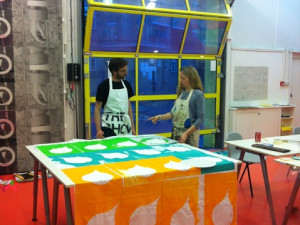
Event
Ciara Phillips in conversation with Louise Shelley
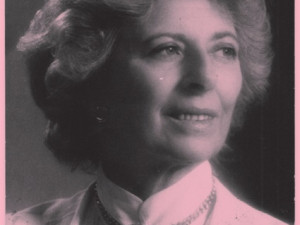
Event
PERSONA Magazine Launch and Reading Group Meeting
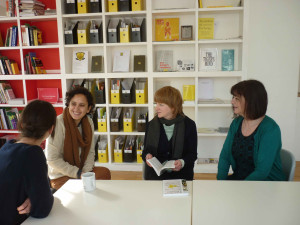
Event
The Showroom Reading Group 2013
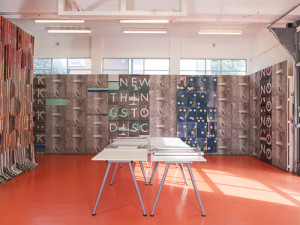
Exhibition
Ciara Phillips: Workshop (2010–ongoing)
–
Ciara Phillips: Workshop (2010-ongoing)
Video
Ciara Phillips: Workshop (2010-ongoing)
Film looking at The Showroom’s local work
Video
Film looking at The Showroom’s local work